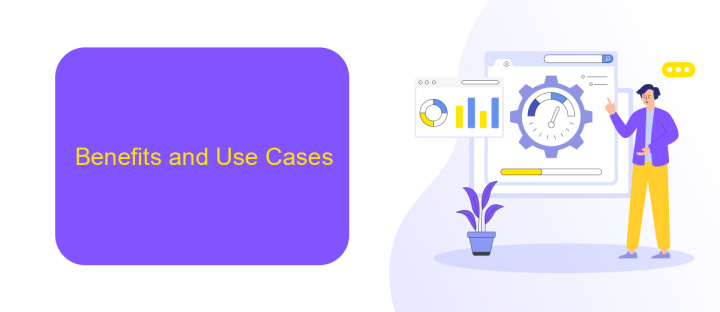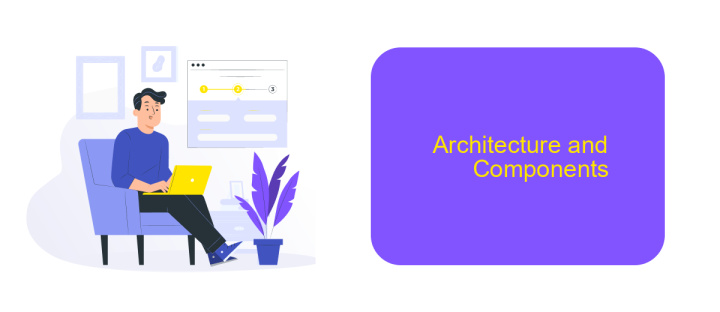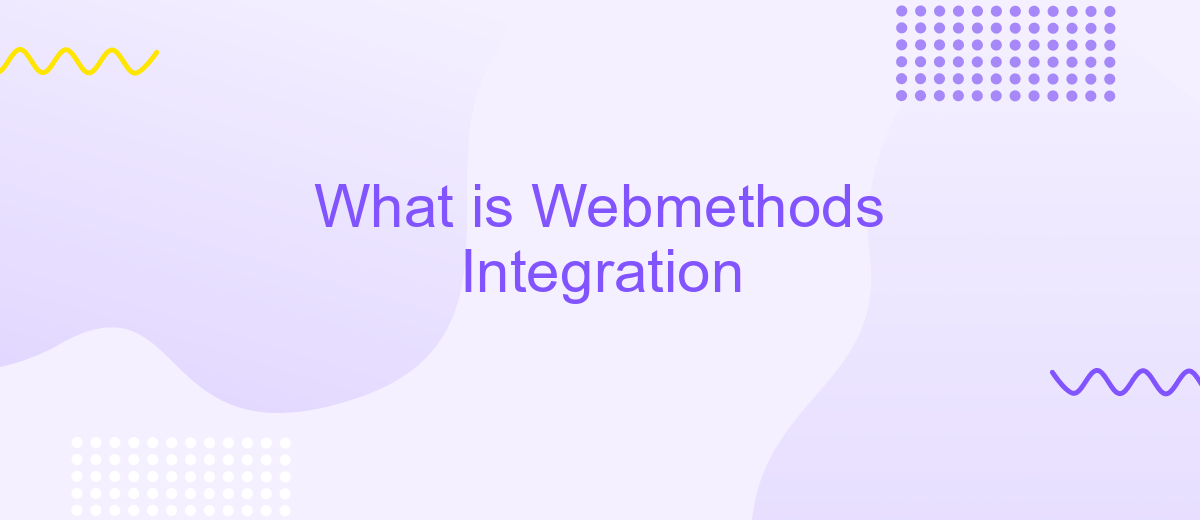What is Webmethods Integration
Webmethods Integration is a comprehensive suite of tools designed to streamline and automate business processes by connecting diverse systems and applications. It enables seamless data exchange and real-time communication, enhancing operational efficiency and agility. This article delves into the core functionalities, benefits, and use cases of Webmethods Integration, illustrating how it can transform your organization's IT landscape.
What is WebMethods Integration?
WebMethods Integration is a comprehensive platform designed to streamline and simplify the integration of various systems, applications, and data sources within an organization. It enables seamless communication and data exchange between disparate systems, ensuring that business processes run smoothly and efficiently.
- Seamless integration of on-premise and cloud-based applications
- Robust data transformation and mapping capabilities
- Real-time data synchronization and monitoring
- Support for a wide range of protocols and standards
- Scalable architecture to handle growing data volumes
Using services like ApiX-Drive can further enhance WebMethods Integration by providing additional tools for automating and managing integrations. ApiX-Drive offers a user-friendly interface that simplifies the setup of integrations between various applications and services, reducing the need for extensive coding and technical expertise. This combination ensures that your organization can achieve efficient and reliable integration solutions to meet its business needs.
Benefits and Use Cases

Webmethods Integration offers numerous benefits, including enhanced operational efficiency and streamlined business processes. By enabling seamless data exchange between disparate systems, it reduces manual intervention and minimizes errors. This results in faster decision-making and improved agility, allowing organizations to respond more quickly to market changes. Additionally, Webmethods Integration supports scalability, making it easier for businesses to grow without worrying about system compatibility issues.
Common use cases for Webmethods Integration include connecting CRM and ERP systems, automating supply chain processes, and integrating cloud-based applications with on-premises systems. For instance, businesses can use services like ApiX-Drive to effortlessly set up integrations between various platforms, ensuring that data flows smoothly and accurately across different applications. This not only saves time but also enhances the overall productivity of the organization by allowing employees to focus on more strategic tasks.
Key Features and Functionality

WebMethods Integration offers a comprehensive suite of tools designed to facilitate seamless data exchange and process automation across diverse applications and systems. Its robust architecture ensures high performance and reliability, making it an ideal choice for enterprises aiming to streamline their operations.
- Unified Integration Platform: WebMethods provides a single platform to integrate various systems, applications, and data sources, reducing complexity and improving efficiency.
- Real-time Data Synchronization: The platform supports real-time data exchange, ensuring that all integrated systems are always up-to-date.
- API Management: With powerful API management capabilities, WebMethods allows for the creation, deployment, and monitoring of APIs, facilitating better connectivity and interaction between different services.
- Business Process Automation: It enables the automation of business processes, reducing manual intervention, and increasing operational efficiency.
- Scalability and Flexibility: WebMethods is highly scalable, accommodating the growing needs of businesses while maintaining performance and reliability.
For those looking to enhance their integration capabilities further, services like ApiX-Drive offer additional tools for setting up integrations effortlessly. By leveraging such services, businesses can achieve more streamlined and efficient workflows, ensuring that all systems work harmoniously together.
Architecture and Components

WebMethods Integration is a robust platform designed to streamline the process of integrating various applications, services, and data sources within an enterprise. The architecture of WebMethods Integration is built on a modular approach, allowing for scalability and flexibility in managing complex integration scenarios.
The core components of WebMethods Integration include the Integration Server, which acts as the central hub for processing integration logic, and the Universal Messaging component, which facilitates reliable communication between different systems. Additionally, the platform offers a range of adapters to connect with various applications and databases seamlessly.
- Integration Server: Centralized engine for executing integration processes.
- Universal Messaging: Ensures reliable message delivery across systems.
- Adapters: Pre-built connectors for various applications and databases.
- API Gateway: Manages and secures API interactions.
- Developer Tools: Comprehensive suite for designing and testing integrations.
For organizations seeking to simplify their integration processes, services like ApiX-Drive can be invaluable. ApiX-Drive offers user-friendly tools to automate and manage integrations without extensive coding, making it easier for businesses to connect their systems and optimize workflows efficiently.
Implementation and Best Practices
Implementing Webmethods Integration requires a clear strategy and a thorough understanding of your system's architecture. Begin by mapping out your data flow and identifying key integration points. Use Webmethods Designer to create and configure integration services, ensuring that each service is tested rigorously before deployment. It's crucial to establish error handling and logging mechanisms to monitor the integration processes effectively.
Adopting best practices is essential for the successful implementation of Webmethods Integration. Leverage ApiX-Drive to simplify and automate the integration process, as it supports a wide range of applications and data sources. Regularly update and maintain your integrations to adapt to any changes in the connected systems. Additionally, ensure that your team is well-trained and familiar with both Webmethods and any supplementary tools like ApiX-Drive to maximize efficiency and minimize downtime. Consistent documentation and review of integration workflows will further enhance performance and reliability.


FAQ
What is webMethods Integration?
How does webMethods Integration work?
What are the key features of webMethods Integration?
Can webMethods Integration be used for automating business processes?
What are the benefits of using webMethods Integration?
Strive to take your business to the next level, achieve your goals faster and more efficiently? Apix-Drive is your reliable assistant for these tasks. An online service and application connector will help you automate key business processes and get rid of the routine. You and your employees will free up time for important core tasks. Try Apix-Drive features for free to see the effectiveness of the online connector for yourself.

